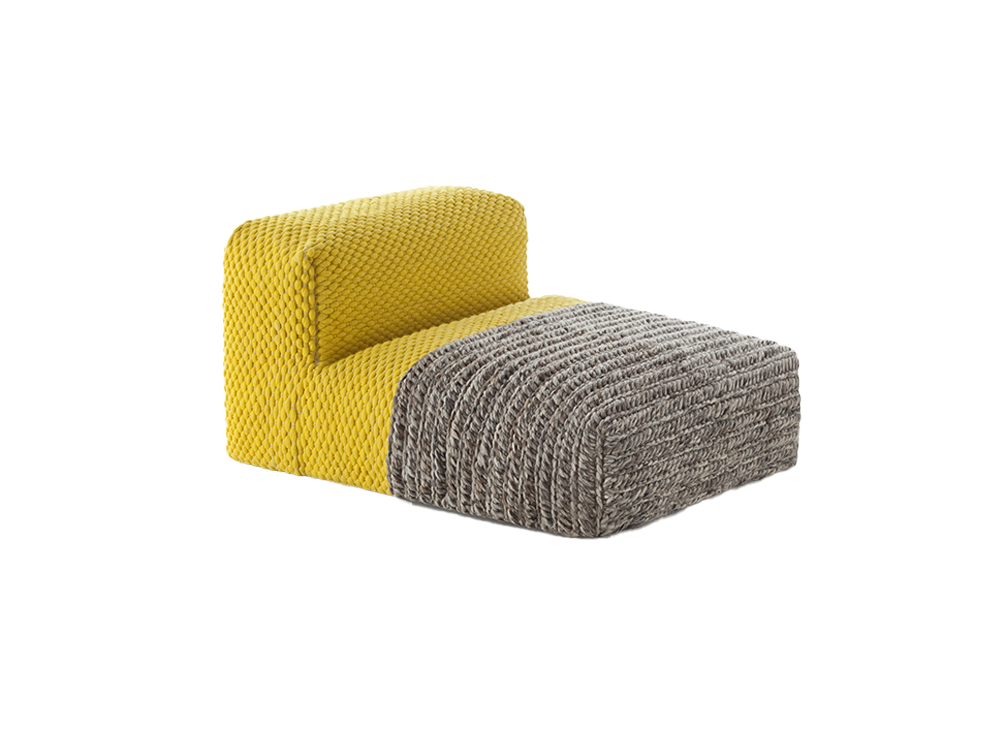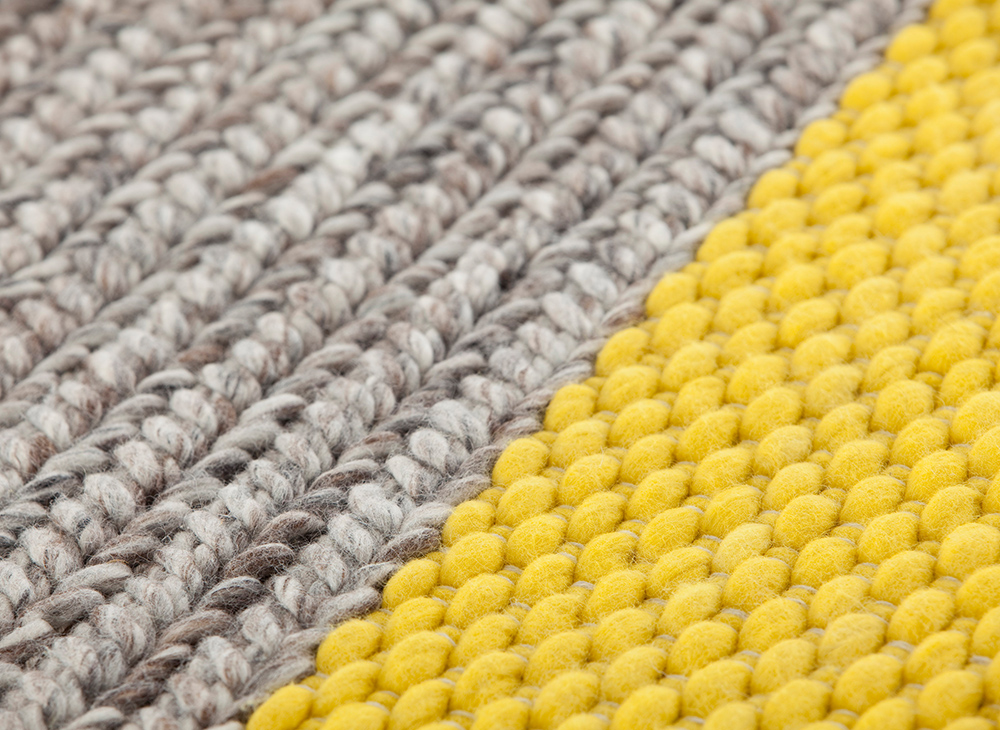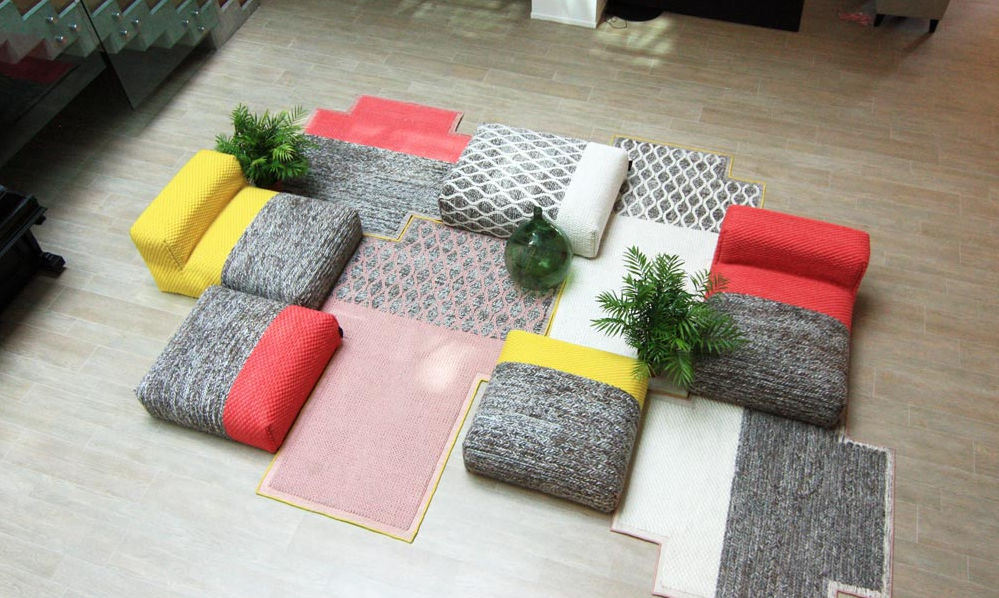Create a Seating Arrangement as Cozy as a Sweater

The cozy, comfortable feeling of your favorite oversized sweater can be extended to your living room furniture with Mangas Space, a collection of modular seating pieces and rugs by Spanish designer Patricia Urquiola. The knitted textures and patterns intentionally mimic the look of sweaters to capture that sensation.
The modular collection consists of four shapes: a seating piece with a back, a pouf, a rectangular cross-shaped rug and a square cross-shaped rug.

These units can be put together to make one big, low-profile lounging space for a group, or separated into individual seats.


Available in a palette of cream, gray, bright yellow and a muted pink, the Mangas collection emphasizes casual comfort. It made its debut at the Maison&Objet design fair in Paris in early 2013, and is available through Gan Rugs.


“Mangas Space capitalizes on the revolutionizing character provoked by the Mangas carpets in the rug industry. The Space collection for GAN features modular components, which can be interchanged at will to create a multitude of combinations. These arrangements of rugs and modules, according to the mood of the user, guarantee an always warm and harmonious environment.”
About the designer:
“Originally from Oviedo, Spain, Patricia Urquiola studied architecture and design at the Universidad Politécnica de Madrid and completed her studies at the Politecnico di Milano where she graduated under the mentorship of Achille Castiglioni. Her career highlights include: Assistant lecturer to Achille Castiglioni and Eugenio Bettinelli in Milan and Paris, responsible for the new product development office of De Padova, working with Vico Magistretti, head of Lissoni Associati’s design group…”

“Patricia Urquiola starts each project by building an empathic connection with the user that will eventually interact with her designs, something she learned from Achille Castiglioni, establishing the “fundamental element” as he used to call, the basis of each project which always keeps her on track and accompanies her whole design process: thinking spaces or objects in relation to people. Pushing the limits of research and technology, Patricia Urquiola constantly experiments and dares to move towards better design and architecture, following her earlier mentors’ teachings such as Vico Magistretti and Maddalena de Padova. Used to confront complex processes, working with scales from micro to macro, she works with the available technology to go beyond the limits of what has been already experimented. “




